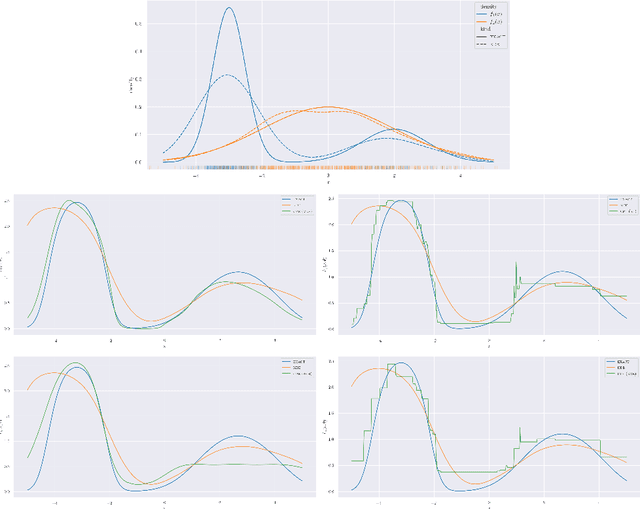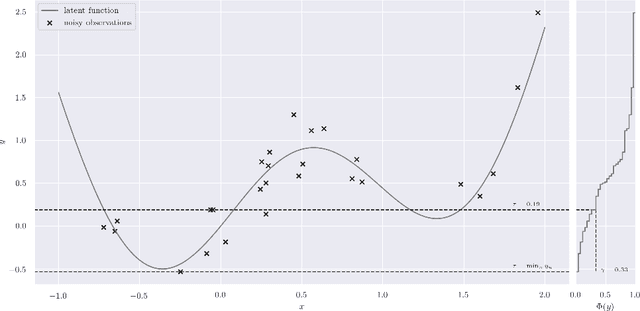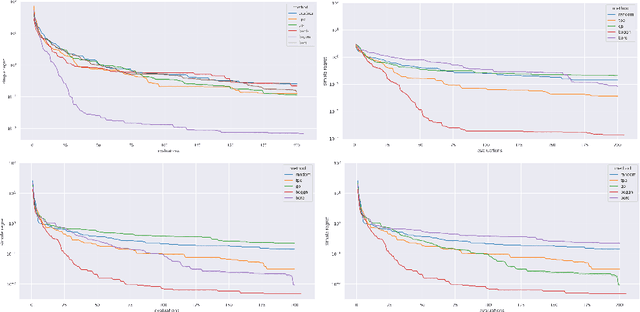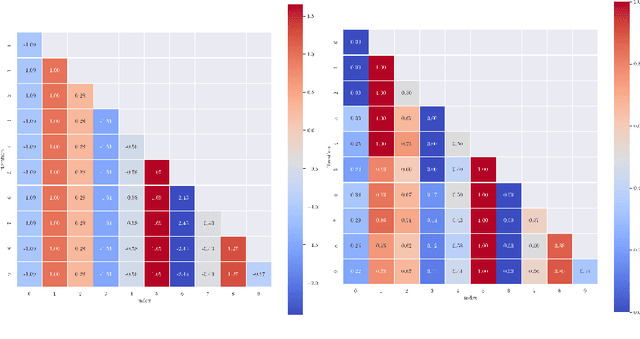Approximate Bayesian Optimisation for Neural Networks
Paper and Code
Aug 31, 2021



A body of work has been done to automate machine learning algorithm to highlight the importance of model choice. Automating the process of choosing the best forecasting model and its corresponding parameters can result to improve a wide range of real-world applications. Bayesian optimisation (BO) uses a blackbox optimisation methods to propose solutions according to an exploration-exploitation trade-off criterion through acquisition functions. BO framework imposes two key ingredients: a probabilistic surrogate model that consist of prior belief of the unknown objective function(data-dependant) and an objective function that describes how optimal is the model-fit. Choosing the best model and its associated hyperparameters can be very expensive, and is typically fit using Gaussian processes (GPs) and at some extends applying approximate inference due its intractability. However, since GPs scale cubically with the number of observations, it has been challenging to handle objectives whose optimization requires many evaluations. In addition, most real-dataset are non-stationary which make idealistic assumptions on surrogate models. The necessity to solve the analytical tractability and the computational feasibility in a stochastic fashion enables to ensure the efficiency and the applicability of Bayesian optimisation. In this paper we explore the use of neural networks as an alternative to GPs to model distributions over functions, we provide a link between density-ratio estimation and class probability estimation based on approximate inference, this reformulation provides algorithm efficiency and tractability.
 Add to Chrome
Add to Chrome Add to Firefox
Add to Firefox Add to Edge
Add to Edge